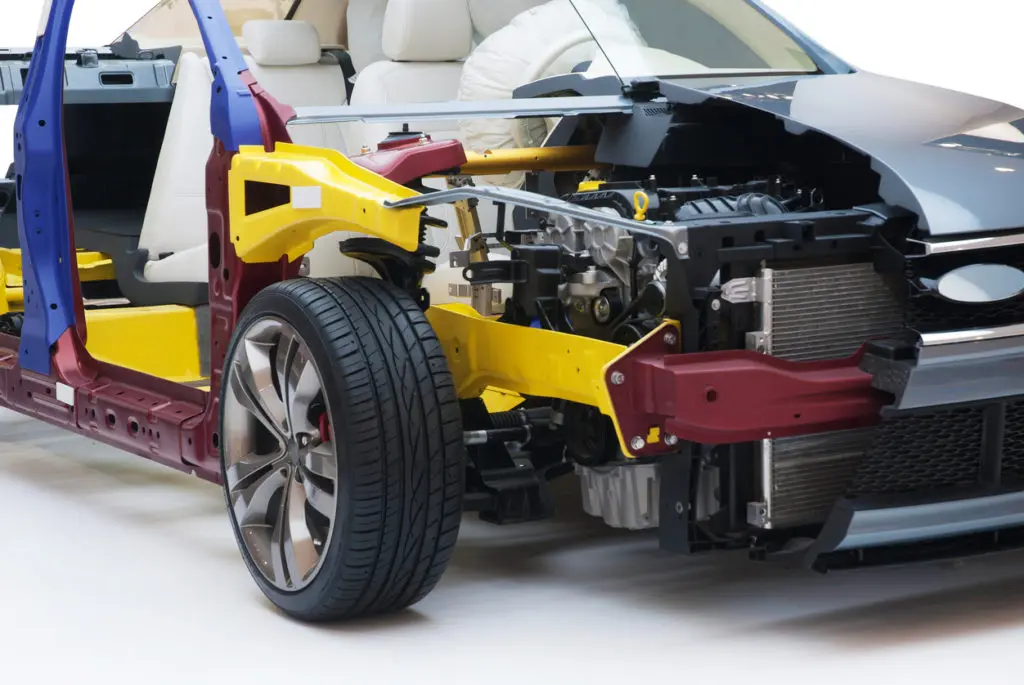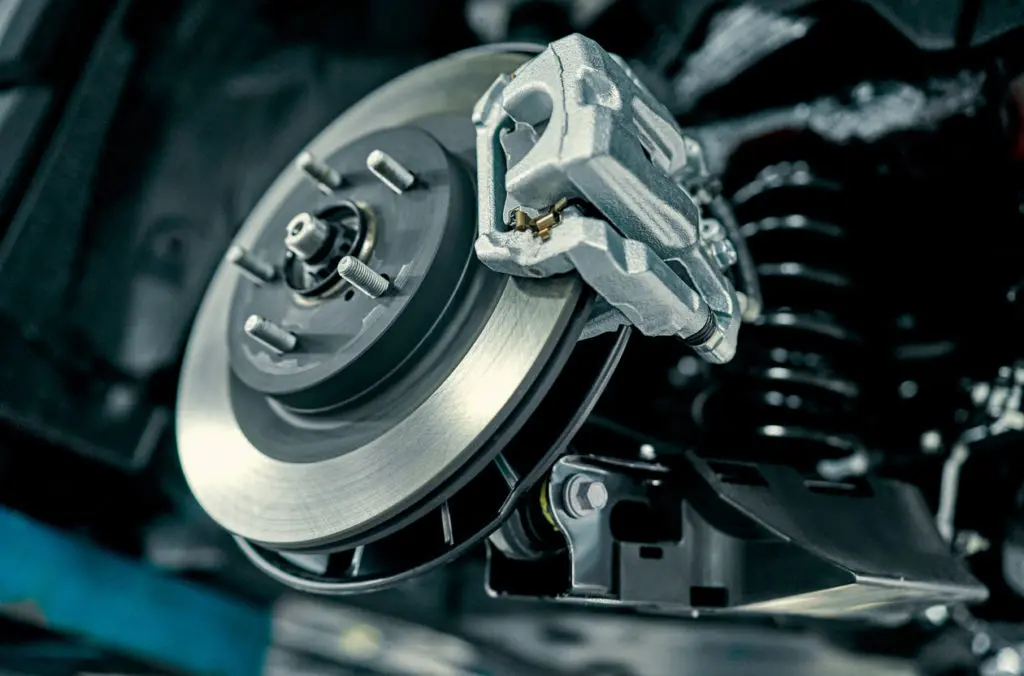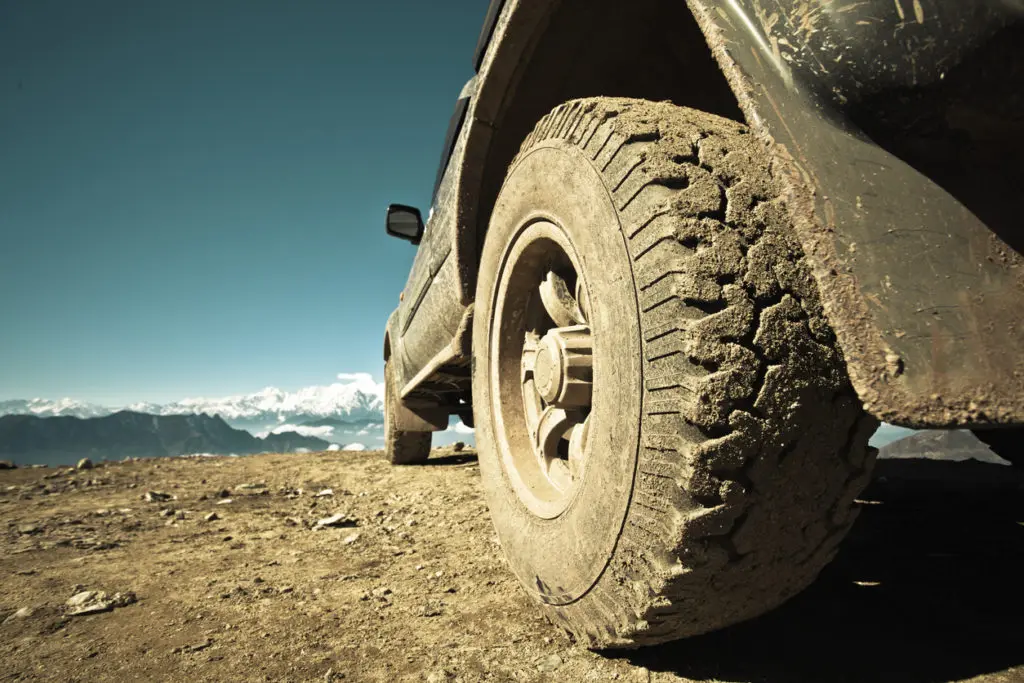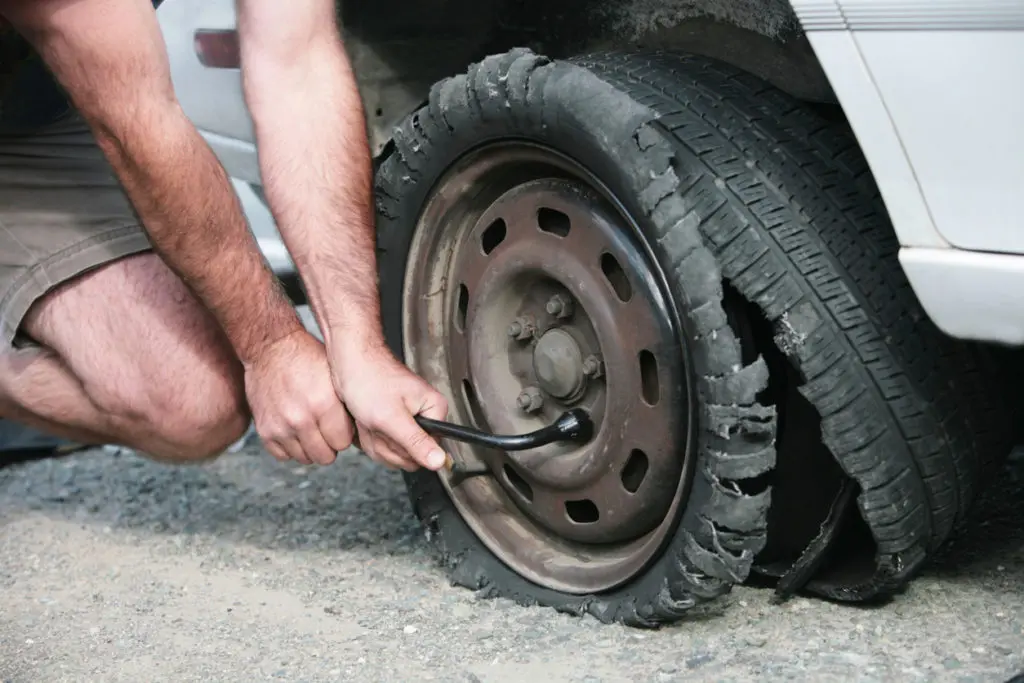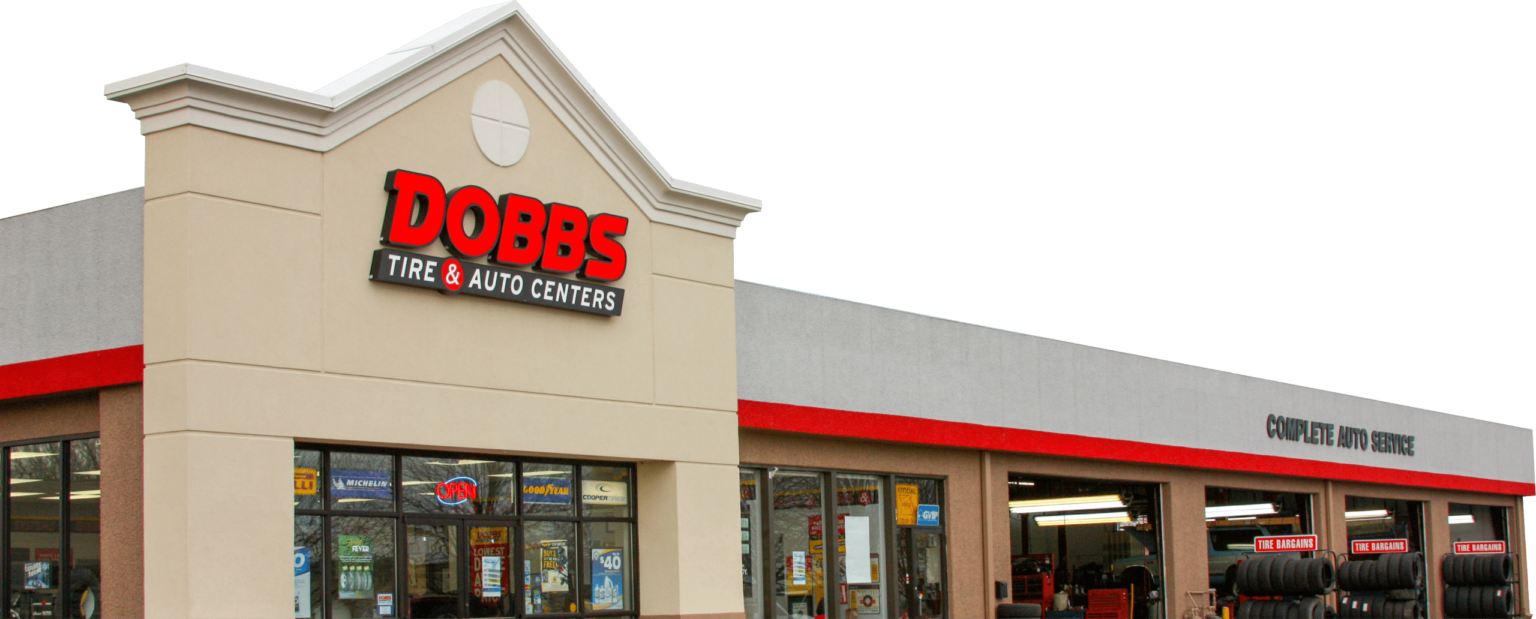Driving Tips
How Vehicle Safety Systems Work – Part I
Today, there are numerous vehicle safety systems keeping us safe on the roads every day, but how do they work?
Read MoreWinter Driving Primer – Protect Yourself and Your Car.
Summer has come and gone, Fall is in high gear, and Winter is just around the corner. Are you ready for winter driving? Whether you just need a fall checkup, new all-season tires, an oil change, or something more complicated, our master technicians have the experience to keep your car on the road, no matter what the season. If you have any questions about winter driving and your car, talk to the experts at a Dobbs Tire & Auto Center near you.
Read MoreCar Brakes, An Anatomy Lesson
Of course, when someone discovered that you could put two wheels on a box and make a chariot, brakes were hardly necessary. After all, horses are born with a full suite of powertrain innovation, from an efficient engine and automatic transmission to cruise control, anti-lock brakes, and traction control.
Read MoreHow to Survive Sudden Unintended Acceleration
Picture the scene: You’re driving down the road and suddenly the car begins to accelerate without your foot on the accelerator pedal. You’re suddenly going down the road much faster than you anticipated, and far faster than traffic and your own driving skills warrant! Enough of this “sudden unintended acceleration” (SUA), and you’ll be sure to hit another car, pedestrian, or some obstacle. Clearly, this can only end in disaster.
Read More4×4, AWD, 4WD – How Do They Work?
You’ve probably seen the emblems or stickers on many different vehicles: AWD, 4×4, 4WD, etc. Then, of course, there are the manufacturer tags, such as xDrive, Quattro, All-Weather Drive, or All4, but these basically mean the same thing, usually AWD. What exactly do these tags mean, though, and why are automakers intent on you knowing their vehicles offer them? First, let’s talk about what AWD, 4×4, and 4WD are, how they work, and how they differ.
Read MoreHow to Drive Through a Tire Blowout
Tires generally last 20,000 to 80,000 miles. If a tire fails, it may do so catastrophically, suddenly losing all pressure. The dramatic loss of pressure, called a “tire blowout,” can lead to loss of vehicle control.
Read More